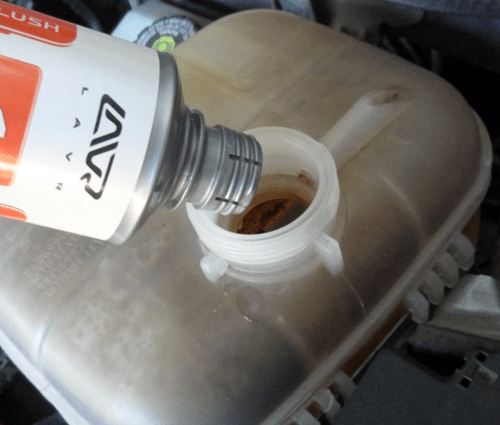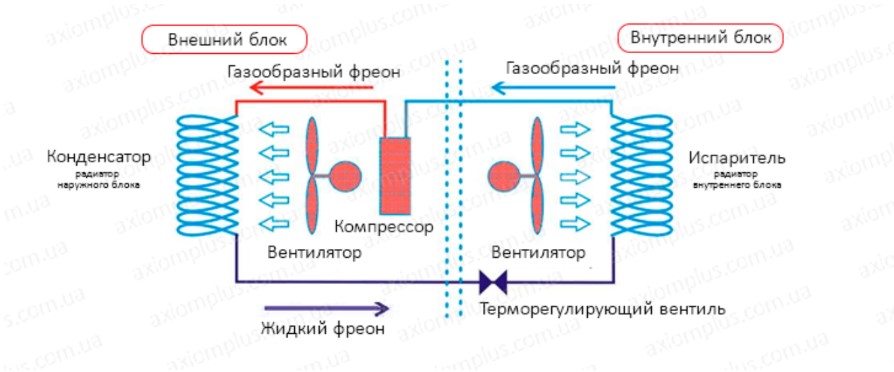
what is it and how does it work
A viscous coupling, or viscous coupling, is one of the vehicle transmission units that is used to transmit and equalize torque. A viscous coupling is also used to transfer rotation to the radiator cooling fan. Not all vehicle owners are well versed in the device and principle of operation of the viscous coupling, so we decided to devote one of the articles on our vodi.su portal to this topic.
First of all, one should not confuse the principle of operation of a viscous coupling with a hydraulic coupling or torque converter, in which the transfer of torque occurs due to the dynamic properties of the oil. In the case of a viscous coupling, a completely different principle is implemented - viscosity. The thing is that a dilatant fluid based on silicon oxide, that is, silicone, is poured into the coupling cavity.
What is dilatant fluid? It is a non-Newtonian fluid whose viscosity depends on the velocity gradient and increases with increasing shear strain rate.. This is how the main characteristics of dilatant fluids are described in encyclopedias and technical literature.
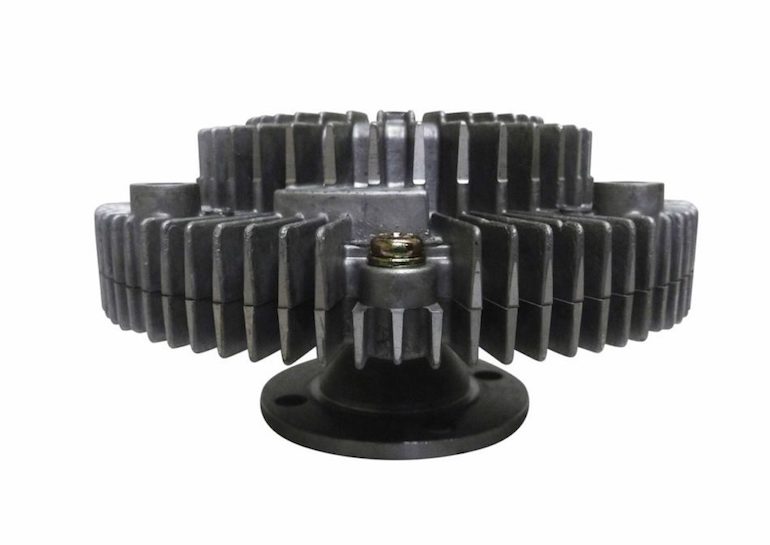
If we translate all these formulations into a language more understandable to the vast majority of the population, we will see that a dilatant non-Newtonian fluid tends to solidify (increase viscosity) with rapid stirring. This liquid hardens at the speeds at which the crankshaft of the car rotates, that is, at least at 1500 rpm and above.
How did you manage to use this property in the automotive industry? It must be said that the viscous coupling was invented back in 1917 by the American engineer Melvin Severn. In those distant years, there was no application for a viscous coupling, so the invention went to the shelf. For the first time, it was guessed to use it as a mechanism for automatically locking the center differential in the sixties of the last century. And they began to install it on all-wheel drive SUVs.
Устройство
The device is quite simple:
- the clutch is in the form of a cylinder;
- inside there are two shafts that do not interact with each other in the normal state - the driving and the driven;
- special leading and driven metal disks are attached to them - there are quite a lot of them, they are located coaxially and are at a minimum distance from each other.
It is worth noting that we have schematically outlined a new generation viscous coupling. An older version of it was a small hermetic cylinder with two shafts, on which two impellers were put on. The shafts did not mesh with each other.
Knowing the device, you can easily guess the principle of operation. For example, when a car with a plug-in all-wheel drive is driving on a normal highway, the rotation from the engine is transmitted only to the front axle. The shafts and disks of the viscous coupling rotate at the same speed, so there is no mixing of the oil in the housing.
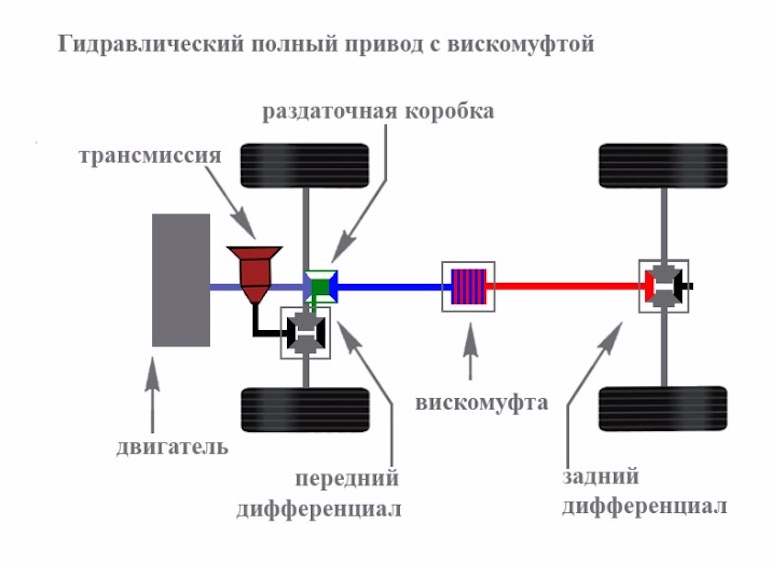
When the car drives onto a dirt or snowy road and the wheels on one of the axles begin to slip, the shafts in the viscous coupling begin to spin at different speeds. It is under such conditions that the properties of delatant liquids manifest themselves - they quickly solidify. Accordingly, the traction force from the engine begins to be equally distributed to both axles. All-wheel drive is engaged.
Interestingly, the viscosity of a fluid depends on the speed of rotation. The faster one of the axes rotates, the more viscous the liquid becomes, acquiring the properties of a solid. In addition, modern viscous couplings are designed in such a way that due to oil pressure, discs and shafts are glued together, ensuring reliable transmission of maximum torque to both wheel axles.
The viscous coupling of the cooling system works on the same principle, smoothly regulating the fan speed. If the engine is running at low speeds without overheating, then the viscosity of the fluid does not increase much. Accordingly, the fan does not spin very fast. As soon as the speed increases, mixing and solidification of the oil in the clutch occurs. The fan starts to rotate even faster, directing air flows to the radiator cells.
Advantages and disadvantages
As you can see from the above information, the viscous coupling is really a brilliant invention. But in recent years, automakers have massively refused to install it, preferring forcedly controlled Haldex clutches. This is due to the fact that the use of viscous couplings on all-wheel drive vehicles with ABS is quite problematic.
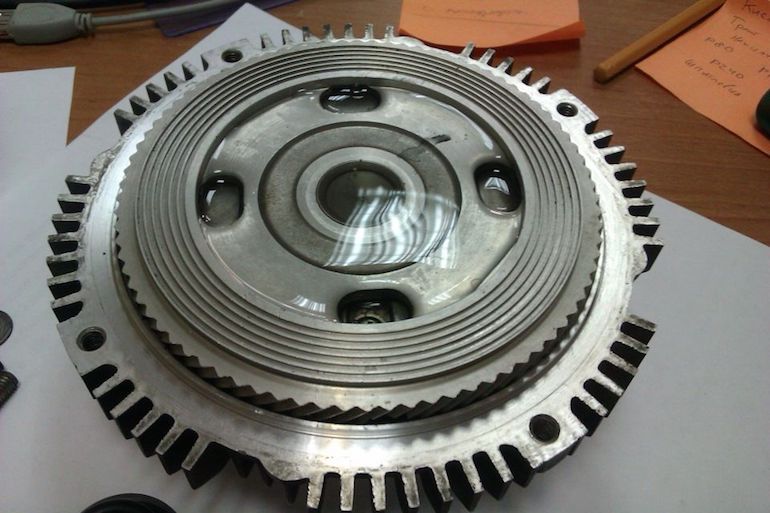
In addition, despite the simple design, the viscous coupling is a bulky transmission unit. The mass of the car increases, the ground clearance decreases. Well, as practice shows, self-locking differentials with a viscous clutch are not very effective.
Pros:
- simple design;
- can be repaired on its own (fan clutch);
- sealed housing;
- long service life.
At one time, viscous couplings were installed on all-wheel drive vehicles of almost all well-known automotive companies: Volvo, Toyota, Land Rover, Subaru, Vauxhall / Opel, Jeep Grand Cherokee, etc. Today, electronic systems with forced locking are preferred. Well, in the engine cooling system, viscous couplings are still installed on many car models: VAG, Opel, Ford, AvtoVAZ, KamAZ, MAZ, Cummins, YaMZ, ZMZ engines.
Loading…
